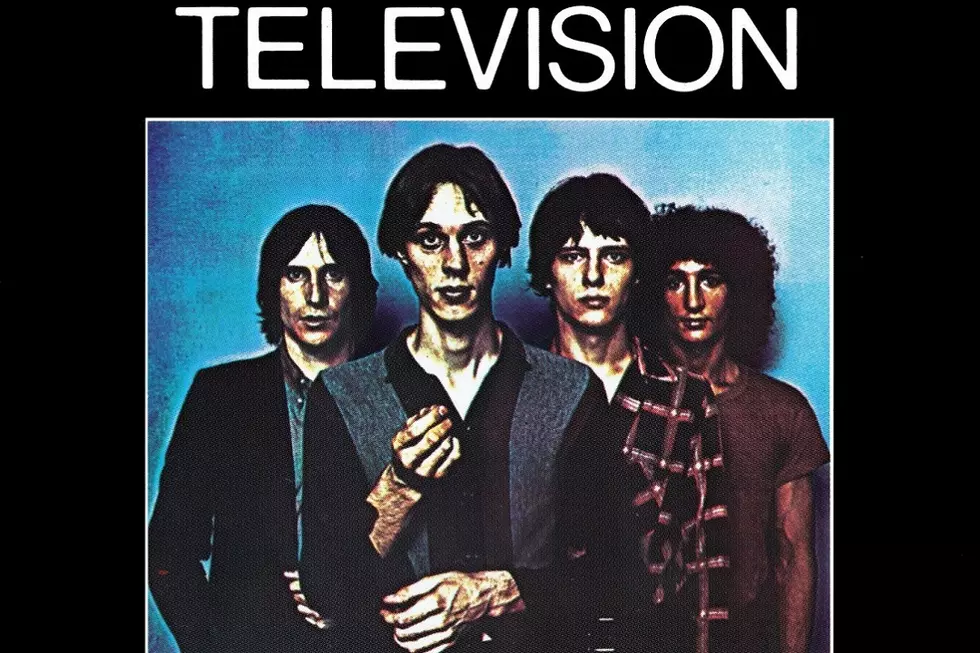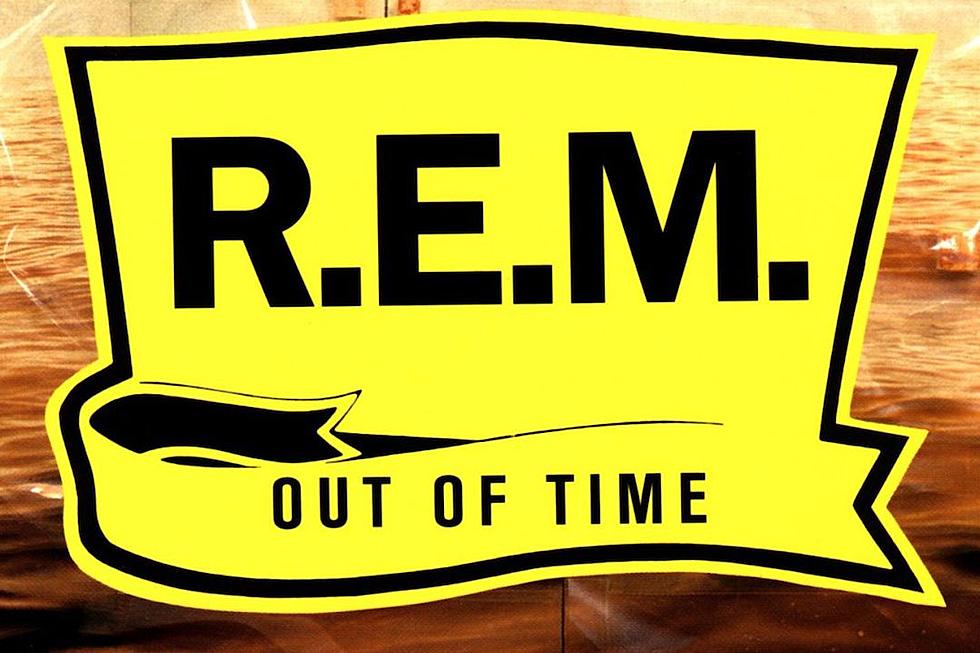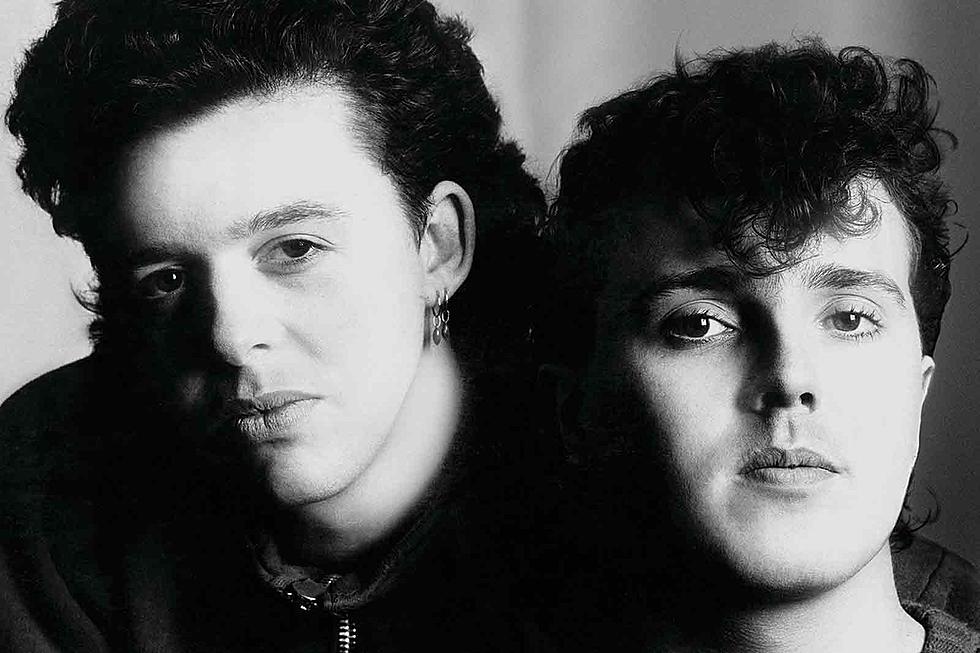The Story of Rain Parade’s Paisley Underground Classic, ‘Emergency Third Rail Power Trip’
Of all of the albums released under the umbrella of the fabled Paisley Underground scene of the early '80s, few still shine as bright today as the Rain Parade's debut, Emergency Third Rail Power Trip.
Released Aug. 30, 1983, the record was a distillation of all those precious '60s influences put on contemporary display without the cliche trappings in which others traded. Formed in 1981, the Rain Parade made contemporary psychedelia, with appropriate nods to their forefathers.
Easy reference points include the jangle and moodiness of the Byrds, the vine-like twisting guitars of Television and the melancholy tears of the third Big Star album. Unlike the punk-inspired energy of comrades the Dream Syndicate or the pure pop leanings of the Three O'Clock, the Rain Parade cast a dreamlike haze over their music.
Third Rail kicks off with the chiming 12-string guitar riff of "Talking in My Sleep," which hypnotizes as it swims along. That hypnotic swirl comes into full color with the next track, "This Can't Be Today," as it surges along in a ethereal state. Contained in the arrangement are the distinct sounds of not only mid-'60s L.A., but also of London circa 1967.
"I Look Around" evokes both Rubber Soul-era Beatles and the Byrds circa 5-D, and it comes complete with backward guitars used to great effect. Though these might seem like obvious reference points and a standard template for countless "indie psych" bands to follow, this was 1983, the height of synth-driven pop sounds. The idea of mining antiquated sounds like these seemed ridiculous to many, but those naysayers missed the fact that beneath all the ornaments from that leftover Christmas tree, there were some incredible songs.
"1 Hour & 1/2 Ago" sounds like a battle between Television and Buffalo Springfield as the guitars duel it out in shards of raw beauty, while "Carolyn's Song" radiates with the late-night desperation of Alex Chilton via Big Star's Third. It was later covered by This Mortal Coil, and it remains one of the band's most haunting songs.
Side two begins with one of the band's best songs, 'Look What She's Done to Your Mind." Though the album version is not without merit, it is the original single version (a totally different recording that preceded the album) that may be the band's crowning moment. That single rings out with glistening guitars and a warm and wonderful melody. If it were some lost single from 1966, collectors would be falling all over themselves to rave about it.
"Look at Merri" finds the band back in dreamland, delivering a childlike piano riff before the bass pulses this sparkler on its way. With lines like "color voices round your head they go" and "painted horses whirling upside down," it might have be easy for some to pin the scarlet letter tag of "retro" on this one, but that criticism ultimately falls flat due to the Rain Parade's unflinching commitment to the sounds and styles they obviously love.
"Saturday's Asylum" is without question, one of the album's high points. It's on this track, that everything about the Rain Parade sound gels perfectly. The guitars and vocal harmonies push forth in solid technicolor brilliance as a particularly fuzzed-out guitar solo carries the song to its conclusion. The album ends with the dramatic "Kaleidoscope," which is a thing of beauty for all of its nearly six minutes. The stuttering drum beat pays slight homage to "Tomorrow Never Knows" while the guitars shimmer and the organ shines.
Shortly after the tour that followed the album's release, band leader David Roback left the band. Along with Kendra Smith, who had just fled the Dream Syndicate, they would form Clay Allison, which ultimately became Opal, which, in turn, would become Mazzy Star. It was in that context that Roback would finally hit pay dirt. Much to his credit, he did so without altering his approach very much at all.
The Rain Parade would carry on, recording another EP and album before calling it a day. In 2003, bassist Steven Roback (David's brother) told Magnet, "That was really a creative period for all of us, and it was mostly a pleasure working with David. We did some great work, and I think that we succeeded in capturing people’s imaginations.” The album was a big influence on the whole Creation Records stable in the U.K. In 2008, label founder Alan McGee wrote in the Guardian, "For myself and others, the Rain Parade were the defining group," adding that the band's music "still speaks to me and stands the test of time."
In 2013, a few of the original members of the Rain Parade reunited for a couple of performances. In addition, fellow travelers the Three O'Clock also put some fuel back in their engine doing select shows. That paisley refuses to fade.
22 Modern Musicians Frank Zappa Would've Loved
More From Diffuser.fm









